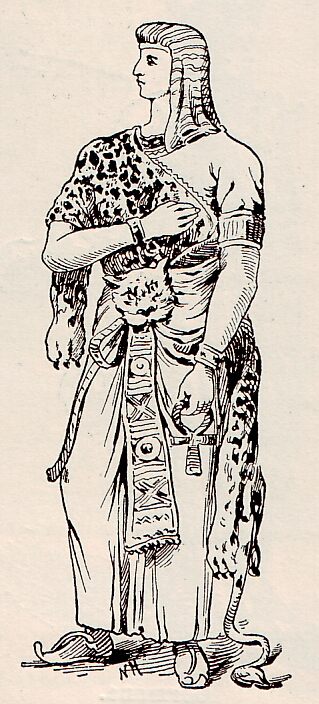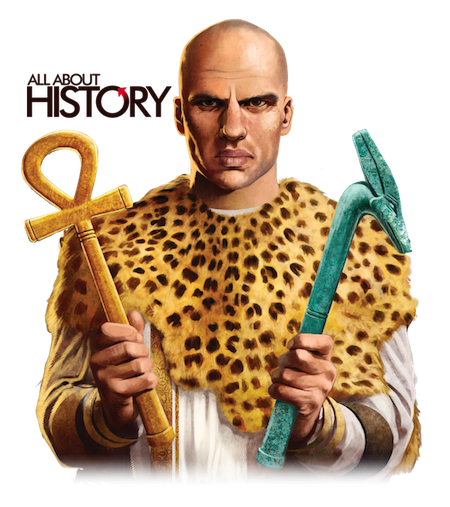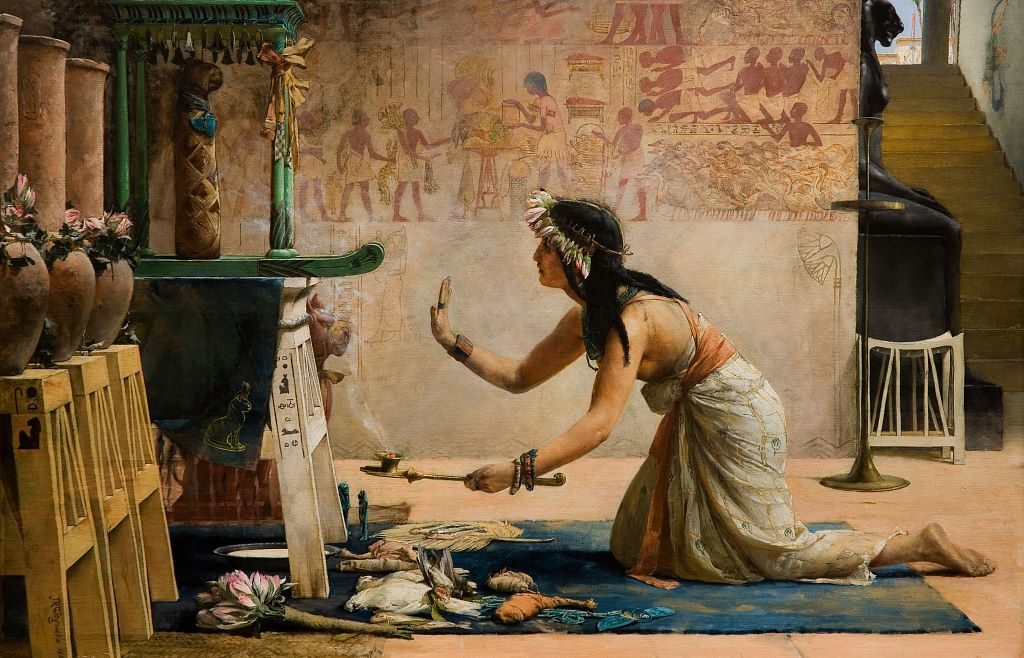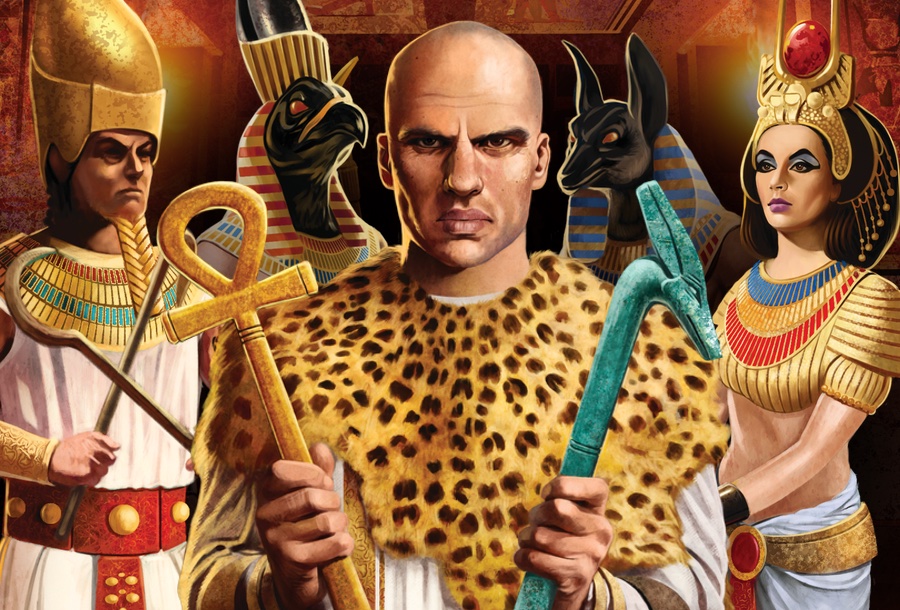What exactly did these servants of the gods do to honour their deities and serve the people?
Subscribe to All About History now for amazing savings!
Each successive pharaoh was regarded as a child of the gods, and as the gods’ representative on Earth, was also the supreme high priest of every temple. However, with so many different temples throughout Egypt, the pharaoh’s duties had to be delegated to each temple’s high priest, who was often a royal relative selected by the king to guarantee their loyalty.

Within large temples like Karnak or Memphis, the power of the priests was considerable, since the temples owned much land and the temple treasuries were very wealthy. The priests also controlled the gods’ cult statues, which functioned as oracles, whose pronouncements were interpreted by the priests, and could pass judgment in legal cases and even influence royal succession. At times when the crown was weak, the high priests’ powers became so great that some took on additional roles as military generals, whose struggles with the monarchy could lead to civil war.
Yet most of the time the priests carried out their role, helping the king maintain strong relations with the gods whose spirits were believed to dwell within their cult statues. Housed in the sanctuary at the innermost part of the temple, it was here that the high priest led daily rites, assisted by a staff of male and female clergy, from the ‘god’s wife’ priestess to the deputy high priest who oversaw supplies of offerings and the temple scribes who kept accounts and composed ritual texts. There were also lector priests who read out these texts, temple astronomers or ‘hour priests’ who calculated the correct timings for rituals, and temple dancers, singers and musicians who entertained the gods and impersonated them in ritual dramas wearing masks and costumes.
Other staff included the temple gardeners, brewers, bakers and butchers who supplied the daily offerings, the temple weavers, jewellers, barbers and wig makers who supplied both the gods and their clergy, and the numerous craftsmen, carpenters and builders who undertook building work, carried out repairs and kept the temples in good order. In fact so numerous were such personnel that eventually well over 100,000 people were employed in the upkeep of Egypt’s three main temples of Karnak, Memphis and Heliopolis.
Day in the life of a high priest
The high priest’s day was a series of duties performed at set times to satisfy the gods who would then keep all things in order

Before dawn: Ritual ablutions
To be ritually pure, the priests bathed in the temple’s sacred lake, shaved off all hair and gargled with natron salt solution, before dressing in linen robes and reed-woven sandals.
Sunrise: Morning ceremony
At dawn the high priest entered the shrine and awoke the god’s spirit in its statue. This was then cleansed, anointed and dressed, and offered the finest foods while frankincense was burned to purify the surroundings.
Pre-noon: Reversion of offerings and ritual ablutions
Once the god had its fill of food offerings, these reverted to the priests as breakfast. Then to maintain ritual purity, the high priest bathed once again before re-entering the gods’ presence.
Noon: Midday ceremony
At noon, the high priest re-entered the shrine, this time burning myrrh resin while sprinkling water to further purify the temple’s shrines and sacred spaces.
Various times: Various rituals
With numerous rituals performed by the high priest and clergy at various times, these were not only set by the ‘Hour Priest’ astronomers but carefully measured with clepsydra water clocks.
Evening: Ritual ablutions
To maintain ritual purity, the priests had to bathe once again before re-entering the gods’ presence.
Sunset: Evening ceremony
In a reverse of the morning ceremony, the high priest once more entered the shrine to put the god’s spirit to rest, burning spicy kyphi incense to create a restful environment.
Night: Ritual ablutions
Since the priests had to bathe twice a day and twice at night, a fourth bath maintained ritual purity, while the hour priest astronomers monitored the
night sky from the temple roof ‘observatory’.
The Role Of The Priestess

Women were priestesses to both goddesses and gods, undertaking similar roles to their male counterparts and receiving the same pay. The most common priestess title was ‘chantress’, with some women impersonating goddesses in rituals and the wives of high priests holding the title ‘leader of the musical troupe’. Although most high priests were men, as were the lector priests who read out sacred texts, women held both these offices at times. Yet the most important priestess was the ‘God’s Wife’, a title held by a succession of royal women acting as the human consort of the god Amun at Karnak. The God’s Wife led sacred processions with the king or his deputy the high priest, and like them could enter the innermost shrine to make offerings keeping the gods content. She also took an active role in defending Egypt by magical means, shooting arrows into ritual targets and burning images of enemies. As the role brought great wealth and prestige, kings appointed their sisters or daughters as God’s Wife to enhance their own status, and eventually regarded as the equivalent of a king shown with kingly sceptres, these women could delegate on the king’s behalf, both within the temple and in matters of state.
Originally published in All About History 37
Subscribe to All About History now for amazing savings!

